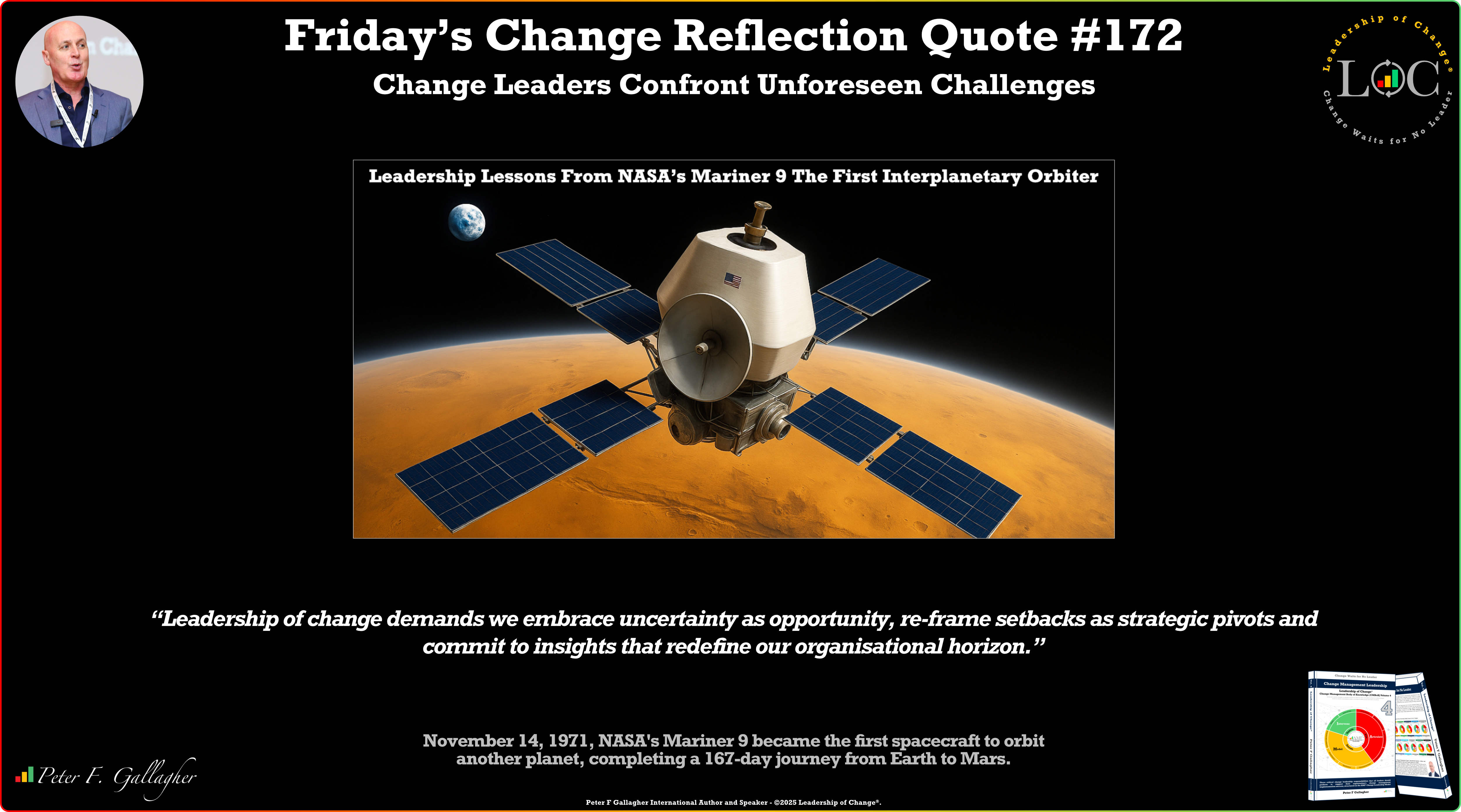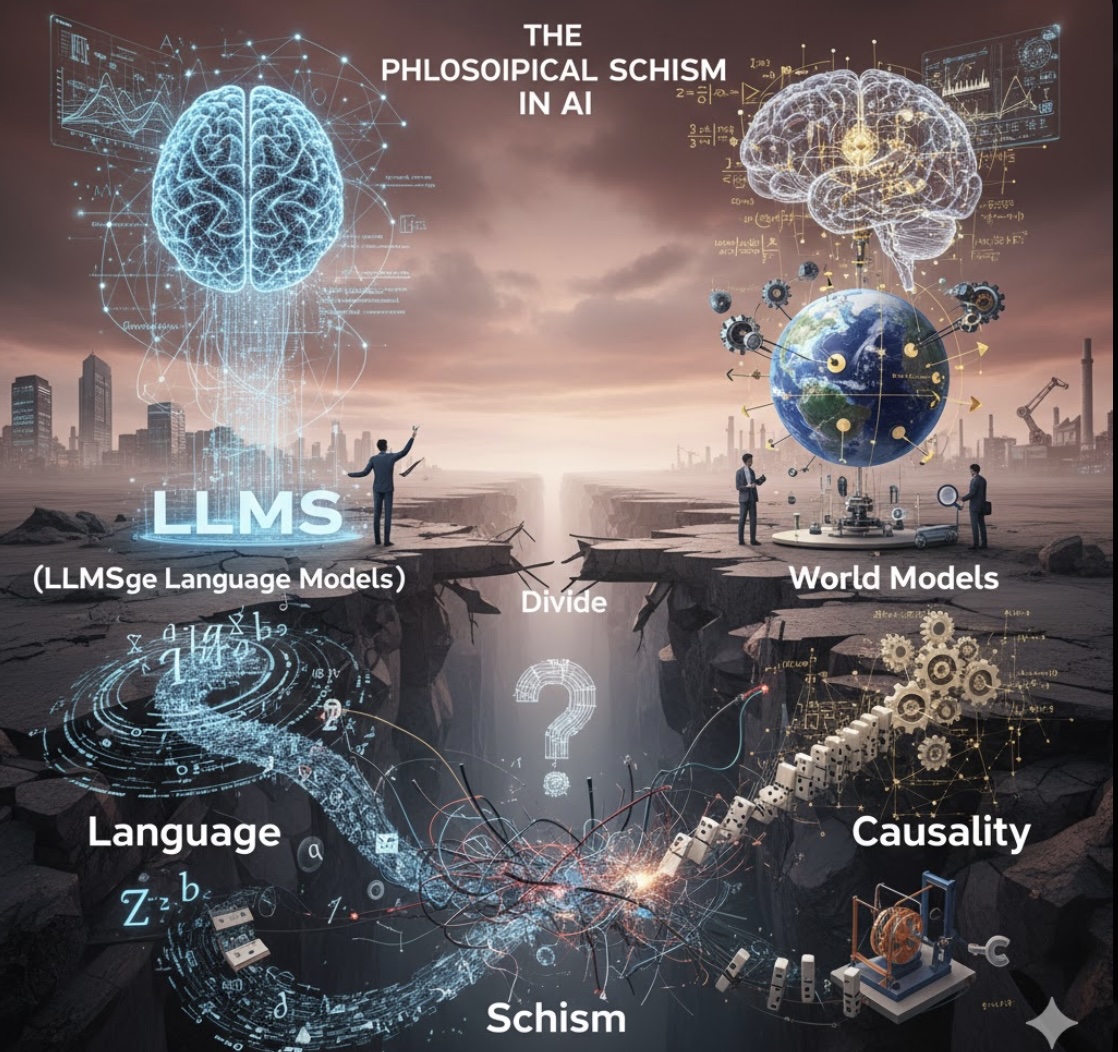Dec06

In the gaming industry, success isn’t just about stunning graphics or captivating storylines. Metrics play a critical role in understanding how players interact with games and what drives them to return. These same insights are now transforming the way businesses design immersive marketing experiences.
If gaming excels at one thing, it’s leveraging data. Metrics like session time, user retention, and in-game purchases provide developers with actionable insights to refine their designs. Why not apply the same rigor to marketing?
The gaming industry has reached unprecedented heights. In 2022, the global gaming market generated over $110 billion in revenue from its top three markets: China, the United States, and Japan. Meanwhile, Latin America’s gaming market surpassed $6 billion in revenue, with a projected player base exceeding 325 million gamers by 2024.
Beyond gaming, immersive 3D technologies are making waves across industries like architecture, automotive, and marketing. These tools have seen significant growth in 2022, offering brands new ways to create dynamic, personalized experiences.
Session Time:
In gaming, session duration is a key indicator of player engagement. For immersive marketing, understanding how long users interact with your content can reveal opportunities to enhance engagement.
Application: Monitor the duration of virtual or augmented reality experiences to identify friction points and optimize design.
Retention Rate:
What keeps players coming back? In marketing, this metric helps evaluate whether your immersive experiences deliver enough value to encourage repeat interactions.
Application: Use A/B testing to discover which visuals or narratives resonate most with users.
In-Game Purchase Conversion Rates:
Games excel at encouraging players to make microtransactions, from skins to power-ups. Marketers can adopt similar strategies to boost conversions in immersive environments.
Application: Integrate gamified elements that drive purchases or upgrades within interactive experiences.
Metrics aren’t just numbers—they’re the foundation for designing experiences that resonate emotionally with users. Here’s how marketers can start:
Map the Customer Journey:
Like in gaming, design each step of the journey with purpose. Use data to pinpoint bottlenecks and continually refine the experience.
Optimize in Real Time:
One of gaming’s greatest strengths is the ability to make rapid adjustments based on user behavior. Immersive marketing can leverage real-time analytics to optimize interactions on the fly.
Create Personalized Narratives:
Games craft unique storylines based on player progress. In immersive marketing, personalizing content to match user preferences can elevate experiences from good to unforgettable.
Immersive experiences have the potential to transport users into entirely new worlds. But without deep analysis, they risk becoming mere novelties. By adopting lessons from gaming, businesses can transform these experiences into authentic, effective tools for connection.
Ultimately, both in gaming and marketing, it’s not just about capturing attention. It’s about building loyalty.
Ready to integrate these metrics into your strategy?
Share your thoughts or questions in the comments. Let’s start the conversation!
By Andres Leon
Keywords: AR/VR, Marketing, Metaverse
 When One Scanner Fails: Why Resilience Starts at the Smallest Link
When One Scanner Fails: Why Resilience Starts at the Smallest Link Friday’s Change Reflection Quote - Leadership of Change - Change Leaders Confront Unforeseen Challenges
Friday’s Change Reflection Quote - Leadership of Change - Change Leaders Confront Unforeseen Challenges The Corix Partners Friday Reading List - November 14, 2025
The Corix Partners Friday Reading List - November 14, 2025 The best is in the middle: why the C-suite must be the top bun
The best is in the middle: why the C-suite must be the top bun The Philosophical Schism in AI: Language, Causality, and the Divide Between LLMs and World Models
The Philosophical Schism in AI: Language, Causality, and the Divide Between LLMs and World Models